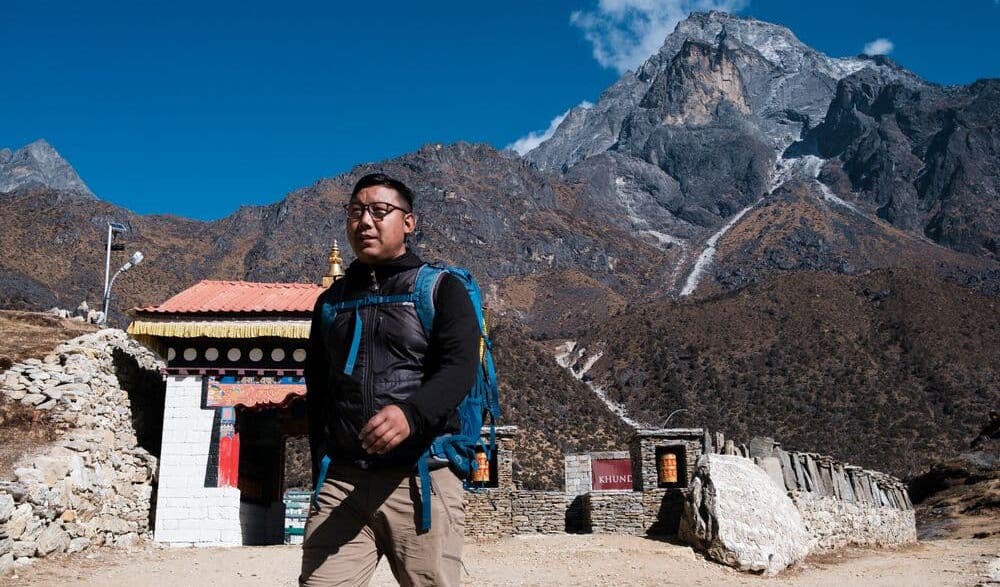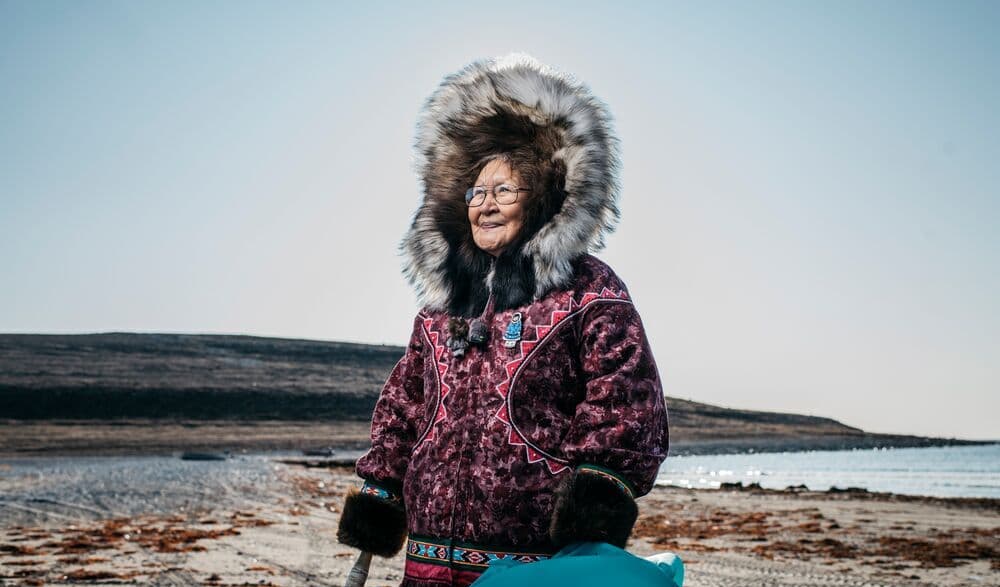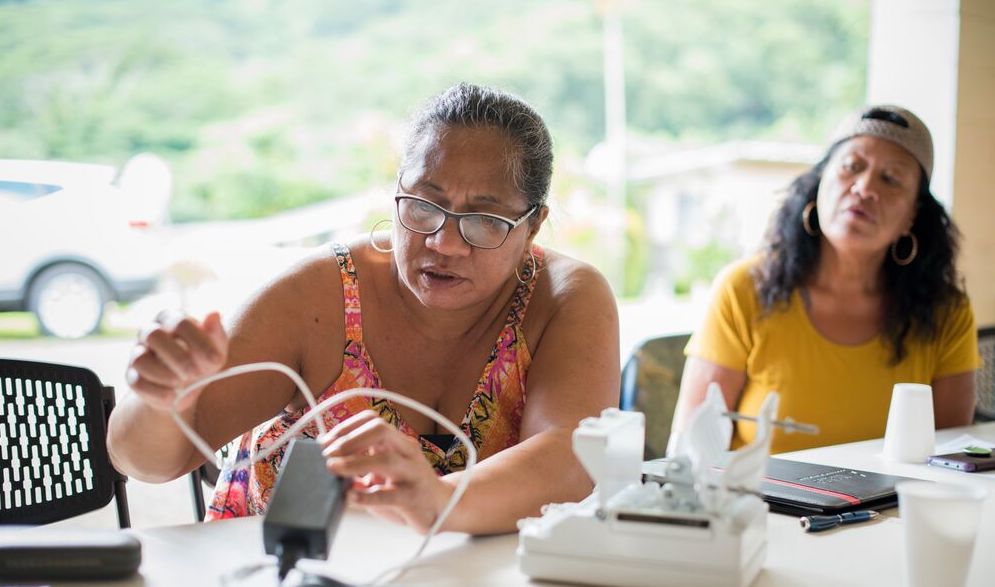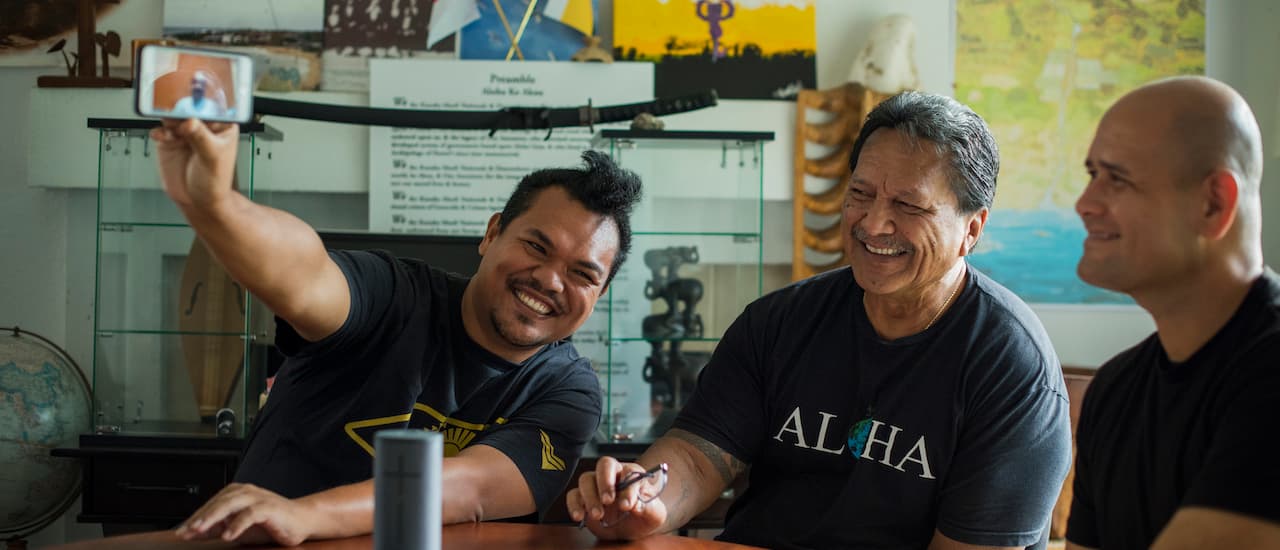In a small Paraguayan village, women from the Nivaclé Indigenous people are using the Internet to sell carob flour directly to consumers in the capital city of Asunción, bringing larger profits for their hard work back to their communities.
On the other side of the world, among the Himalayas, a Sherpa community is starting their homestay service for tourists, looking for an alternative to the dangerous labor of guiding trekkers to the summit of Everest.
Meanwhile, in the Nation of Hawai’i, people are reclaiming their autonomy online, expressing their pride and heritage over the Internet. They have created an app for barter and trade economics within their community on a network they helped build with the Internet Society in 2019.
The digital divide—generally, the gap between those with Internet access and those without it—has many facets. Each person or population experiences it in their own way, with the lack of connectivity exacerbating other challenges, like gender or income-based inequalities, and its availability bringing new opportunities. Indigenous communities around the world are seeing this firsthand.
Indigenous connectivity focuses on bringing affordable, reliable Internet access to Indigenous communities worldwide and aims to tackle some of their common challenges.

What Are the Connectivity Challenges Indigenous Communities Face?
Affordable and reliable Internet access has long been denied to Indigenous communities, especially those most remote, who bring little to no financial profits to traditional Internet service providers.
Indigenous communities are among the most under-connected around the world. Several contributing factors lead to this disadvantage for Indigenous communities, such as:
- Geography: Most tribal communities are remote and geographically isolated, presenting unique infrastructure challenges.
- Historical exclusion: Indigenous tribal communities have been historically excluded through colonization.
- Governmental structure: Indigenous communities’ statuses as sovereign nations can present challenges to accessing information, funding, and programs.
- Cultural competency: Indigenous people’s culture, values, and ways of life continue to be unappreciated. This has contributed significantly to the marginalization of connectivity we see today.
- The role of incumbents: Large Internet service providers who have not yet provided service to Indigenous communities are unlikely to do so sustainably in the future. Yet, they tend to receive most of the public funding available.
These are examples of Indigenous communities’ challenges in achieving affordable, reliable Internet access. Challenges faced are often as unique as each individual community.

How Are Indigenous Communities Overcoming These Challenges?
Indigenous communities are organizing, laying cables, putting up antennas, and building Internet infrastructure themselves where no one else will do it. They are coming together to propose policy recommendations and partnering with like-minded organizations, like the Internet Society, who can support these initiatives.
In 2017, the Internet Society hosted the first Indigenous Connectivity Summit (ICS). Its goal was to explore community-led solutions and build a network of leaders.
Over the years, the event has produced over 90 policy calls to action, supported the creation of 18 new community networks, trained over 350 participants in policy and technical training, and worked alongside over 100 Indigenous communities.
The Summit has since transitioned to the Indigenous Connectivity Institute and met its goal of becoming an Indigenous-led organization.
Communities that participated in these events, like the people of Pu’uhonua o Waimanalo, have since become connectivity ambassadors and helped deploy new community networks.
However, communities need technical skills to build and maintain Internet infrastructure. This is why training is critical and can help connect isolated communities like Ulukhuktuk in the Arctic Circle. Funding is also a challenge, and communities have been relying on grants from programs like Connecting the Unconnected and government funding that changes according to each country and region.

Celebrating Changes
On this International Day of the World’s Indigenous Peoples, we celebrate the creativity, ingenuity, innovation, leadership, and determination Indigenous peoples have shown in fighting for their right to Internet access.
We have seen firsthand how communities advance their sovereignty and self-determination through connectivity. Whether advancing spectrum allocation, geo-mapping sacred sites, creating tribally owned Internet service providers, or defending protected natural habitats from illegal extraction, Indigenous peoples create a vision for themselves and how connectivity can play a role.
Our Commitment to Indigenous Connectivity
As we move forward with our 2030 strategy, we plan to do more in our Indigenous connectivity work.
We will continue to build. Build on our partnerships, on our technical expertise, on our understanding of the landscape, and on innovative solutions to connect the unconnected.
After listening to Indigenous partners and their needs, we will create an Indigenous Network Operators Group to provide space for shared learning and people-centered network building for emerging and longtime Indigenous network professionals.
We will leverage our relationships with Network Operator Groups around the world to facilitate a space for shared learning from technical experts in connectivity and Indigenous experts in the field.
We will also create an Indigenous Advisory Board that will provide the Internet Society and our partners with the perspective, leadership, understanding, and direction of leaders in Indigenous communities worldwide.
As we continue our mission to promote, protect, and defend the Internet, we do so knowing that we must continue to include and prioritize the 2.6 billion people who remain unconnected. We will continue to navigate the ever-changing political landscape, emerging technologies, and innovative connectivity solutions while maintaining our value of community collaboration in the field of Indigenous connectivity.
This work is only possible through the support of our community, including Identity Digital, a Platinum organization member who generously supports the Internet Society’s Indigenous connectivity work.
You too can be a part of impactful work that helps people around the world, like those in indigenous communities. Donate today.
Leading image and image above Celebrating Changes © Elyse Butler; Image above What Are the Connectivity Challenges Indigenous Communities Face? © Nyani Quarmyne; Image above How Are Indigenous Communities Overcoming These Challenges? © Angela Gzowski

